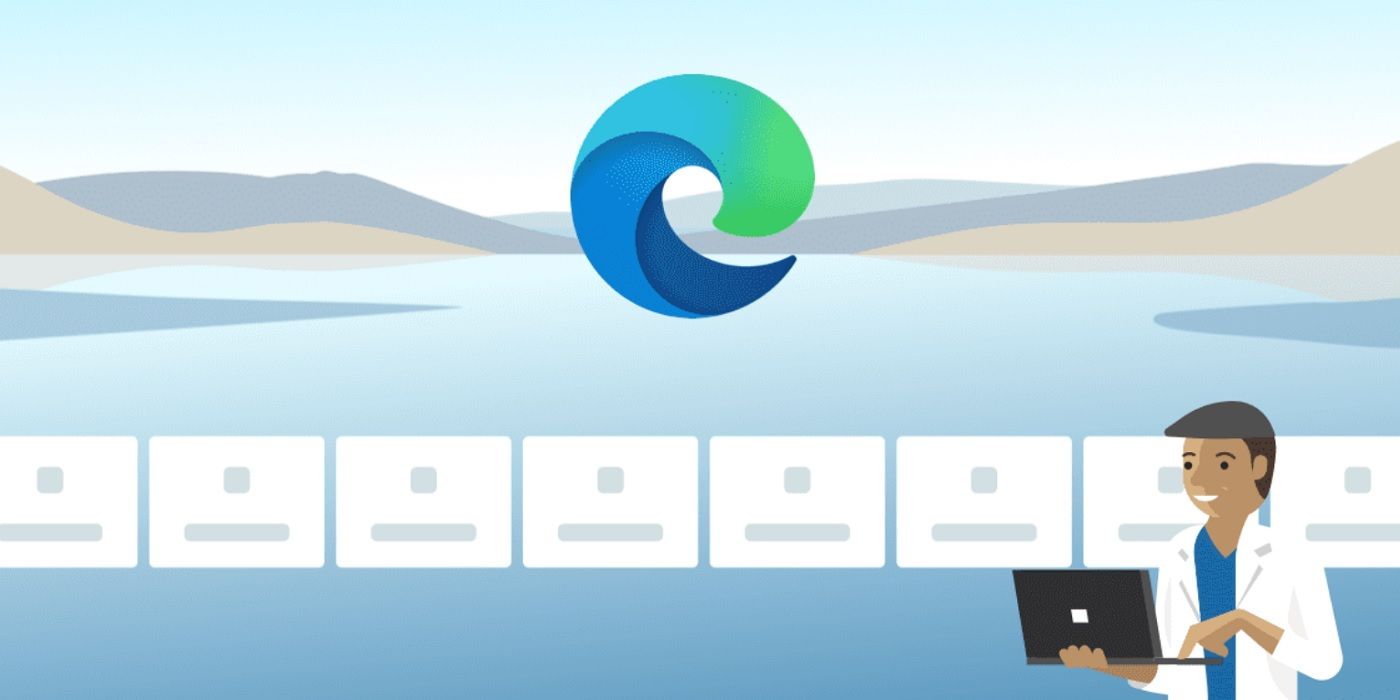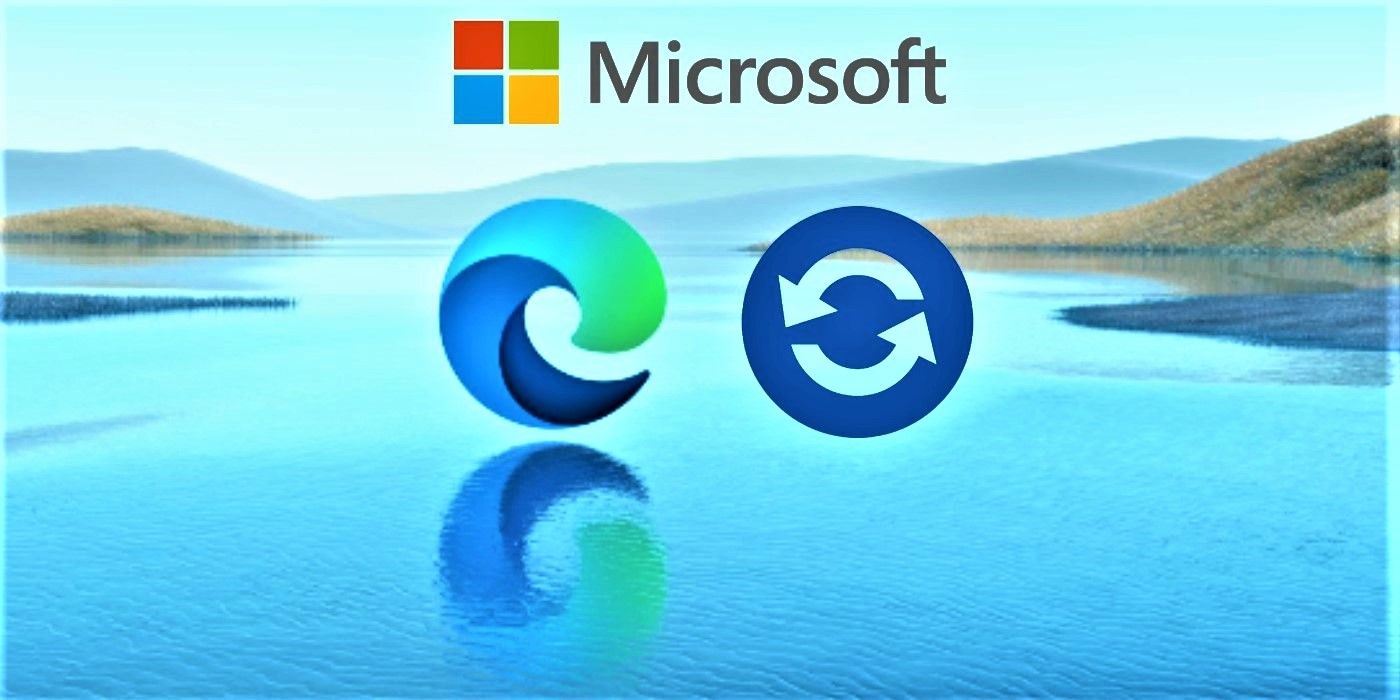Microsoft will give businesses the option to schedule slower rollouts of Edge updates by opting in to an eight-week schedule, as opposed to the coming four-week schedule. In March, Microsoft announced it will move Edge from a six-week update cycle to four weeks with the release of Edge 94, which is set to release during the week of September 23. Microsoft Edge 92 will be released on the Stable channel later this week.
Since transitioning to Edge from Internet Explorer back in 2015, Microsoft has spent years trying to create an internet browser to compete with Google Chrome. Throughout the year, Microsoft has been improving Edge's performance and adding a number of new and updated features. With the upcoming update cycle change, the company wants to show skeptics that Edge is always improving, especially since most computers are stuck with it installed as a browser.
To use the new eight-week stable release, IT administrators will need to manually select the eight-week option by enabling the “Extended Stable” option through the “TargetChannel” group policy. Microsoft explained that choosing the extended stable option will result in Edge skipping odd-numbered updates, only installing necessary security patches and only fully updating when an even-numbered patch is released. Non-essential features from an odd-numbered Edge update will be packaged into the next scheduled update for those on the eight-week schedule.
How Microsoft's New Edge Update Cycle Works
In addition to the transition to a four or eight-week cycle, Microsoft also announced the company will support the last two versions of Edge alongside its newest release. This means users will have twelve weeks to update before support of their version ends. On the extended-release cycle, however, only the current and previous release versions will be supported at any time, although the support will last for sixteen weeks. While Edge will update automatically by default, organizations can also choose to update the browser manually by downloading packages from the Windows Server Update Services catalog.
The point of an eight-week update schedule is to give IT administrators a better understanding of how the new version will integrate with their organization’s infrastructure and test accordingly. Most people using edge on an individual basis won't really have a need for an extended cycle between versions. However, even if the extended-release cycles aren’t made available to the public, giving users the option to manually update their version of Edge would be a boon to anyone afraid of a new update compromising their device.
Source: Microsoft


